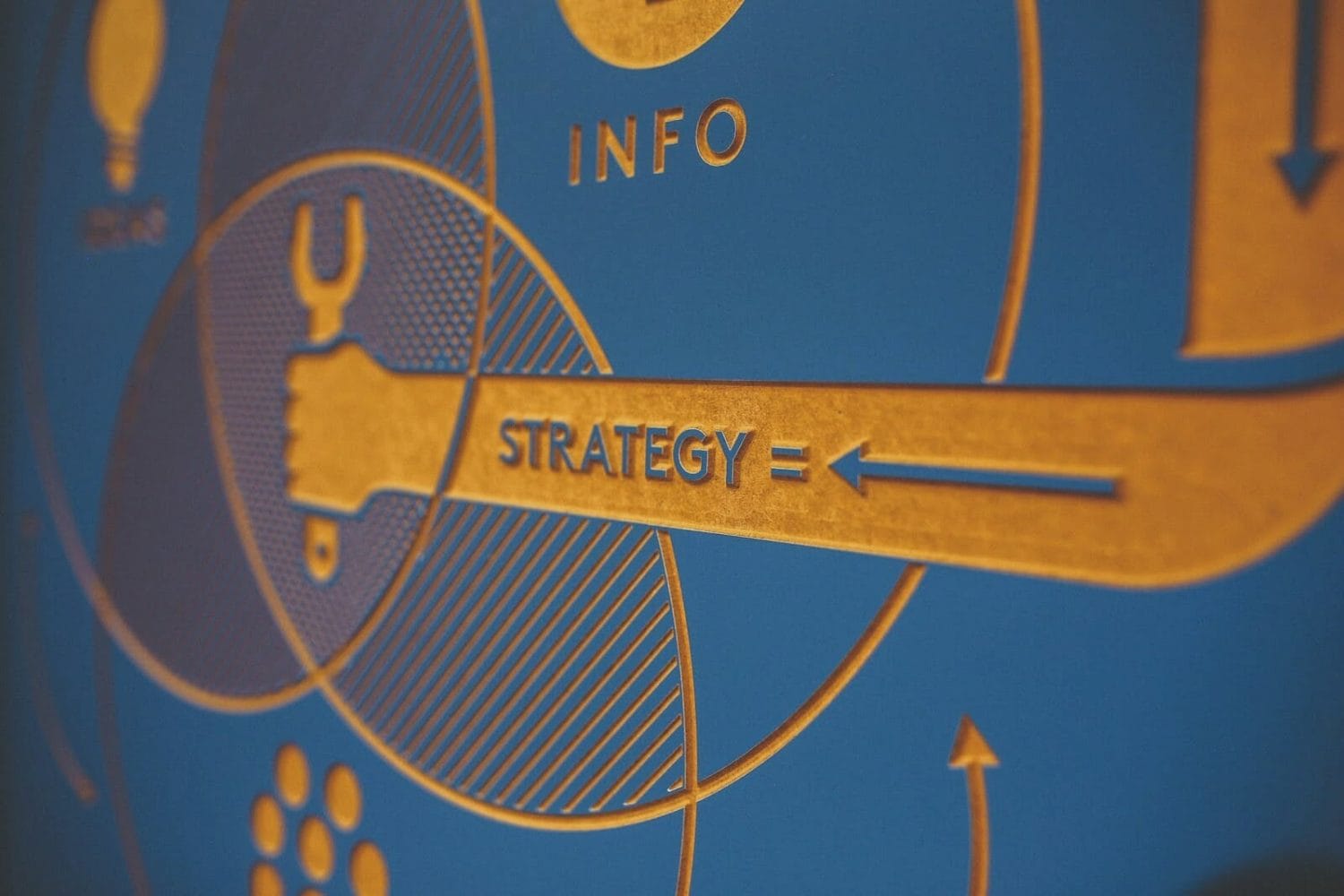How To Create A Tailored Digital Marketing Strategy
It’s easy to get confused when you’re creating a digital marketing strategy. It seems like every marketing guru and online article has a different idea of what makes a strategy worthwhile. However, all the experts can agree on one thing. It’s absolutely essential that you do some market research and identify your target demographic before diving face-first into any marketing campaign.
According to an ITSMA online survey, buyers are around 48% more likely to consider companies who personalize their marketing material and address the buyer’s specific concerns. This statistic alone speaks to the importance of knowing your target and customers and creating a tailored digital marketing strategy around them.
First, Do Some Market Research
Any great marketing plan starts with market research. Start by researching your industry at large. What are the purchasing trends? Is your industry in an upswing or a downswing? Are your products and services necessary or luxury? What does the competition look like, and what do you do differently than they do?
Look online and see what your competitors are doing. Take a peek at how they’re advertising and reaching clients. If you’ve created a new market where there isn’t any competition, research markets that are similar to your own.
You can also take a more hands-on approach by doing interviews, questionnaires, surveys, and focus groups. The more information you can gather about your industry and market, the better prepared you’ll be for the second step.

Second, Identify Your Target Demographic
Your target demographic is a defined group of people who are most likely to purchase your products or services. It’s a laser-focused picture of your ideal customer. Now, some people like to say that their business applies to everyone. However, in today’s climate, that’s not going to cut it. Not only is it not cost-effective, it’s not effective, period.
To identify your target demographic, you can do a few things:
- Look at your competitor’s customer base.
- Analyze your current clients.
- Use your market research to create a buyer persona.
Buyer personas are a tool used by marketers to understand a company’s potential customers. A buyer persona is a fake person, created to give a clear look at potential customers. It helps to flesh out the entire scope of potential clients.
To create a buyer persona, use your research (and a little creativity) to develop a complete profile. Ask yourself questions like:
- What’s their name?
- How much education have they completed?
- Where do they live?
- What’s their gender?
- Are they homeowners?
- What are their values, hobbies, and behaviors?
- What’s their occupation?
- Are they married, and do they have a family?
There are dozens of questions you can ask yourself. If you feel like you need a little guidance, Hubspot has an excellent tool to help you create a buyer persona.
Once you’ve identified your target demographic, it’s time to really get into the strategy.

Third, Tailor Marketing Material Around that Research, and Get It Going
Now that you know who your ideal client is, you should tailor everything you do around that persona. From ad campaigns to web design, to automation, and more, build a strategy around your target demographic.
- Personalization: Create ads and emails that are hyper-tailored. Use images, language, and marketing that would appeal to your target demographic. For instance, if your target is part of Gen-Z, don’t waste your time with emails. Instead, focus in on social media, shorthand acronyms, and nailing their sense of humor. If you’re targeting men who love camping, include visuals of the outdoors, or write ads with colloquialisms that only true campers would know.
- Automation: With your market research in your back pocket, automate everything you can. Don’t waste time or money on paths that aren’t going to pay off. Automate your social media posts to post when your potential customers are most active. Send emails on days where they’re likely to be read. Fill in the gaps that your competitors have left, instead of trying to compete directly with them. Time management and automation go hand and hand. Every stellar marketing campaign out there uses automation software to increase effectiveness and reach. So, don’t be afraid of automating your campaigns.
- Goal Setting: Before you hit go on any campaign, set some real, actionable goals. Know what you hope to achieve in conversions, CTRs, and sales. If goal setting is challenging for you, try using the S.M.A.R.T. method, which helps you get focused goals quickly. This acronym stands for the following:
o S-Specific-Be specific with the goals you set.
o M-Measurable- Ensure that you can measure your goal.
o A-Attainable-Be sure the goals you set are actually achievable.
o R-Relevant- Focus on goals that are relevant in the current market or your current business needs.
o T-Time-Based- Set a time frame for all your goals.

Creating a tailored digital marketing strategy is all about knowing your target demographic and marketing directly to them. Make sure you base everything in your plan on your market and customer research. Keep focused on your goals, measure your results, and you’ll start seeing your profits increase.
Marla DiCarlo is an accomplished business consultant with more than 28 years of professional accounting experience. As co-owner and CEO of Raincatcher, she helps business owners learn how to sell a business so they can get paid the maximum value for their company.












